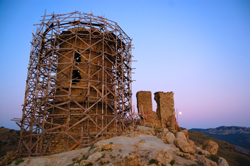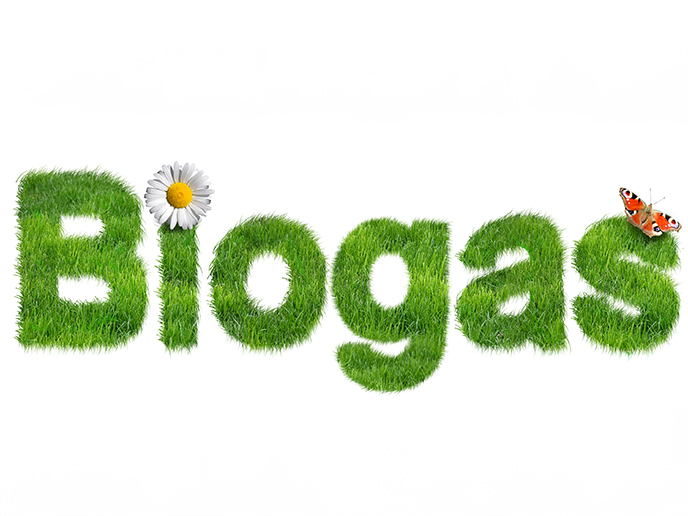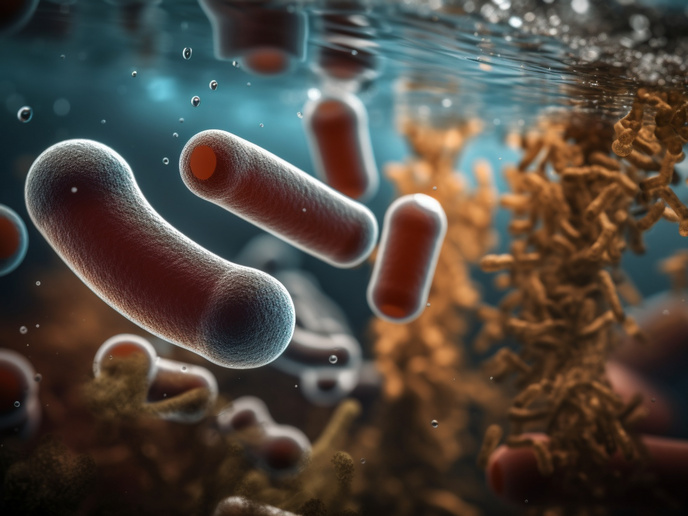Using mortar to restore Europe's historical buildings
The problem of urban pollution has been known to cause many problems. Among them is damage to cultural heritage buildings. In light of this, the BIOBRUSH project has examined the viability of using bioremediation to restore stone buildings in cities across Europe. Bioremediation involves the use of microorganisms to reinstate the natural environment altered by contaminants to its original condition. Through a vast collaboration between scientific partners, end-user conservators and industries, various treatment combinations were tested in laboratories and then on buildings. Performance and risk were assessed within different climatic conditions of northern and southern Europe. In the course of this process, a new mortar was developed to act as a delivery agent for bioremediation using denitrifying (nitrate reducing) bacteria. The cement developed required a shorter time period for permeation. The use of alginate served to trap denitrifying bacteria in the mortar protecting it from alkaline pH, dryness and mechanical strain and guaranteeing homogenous dispersion of bacteria throughout the material.







